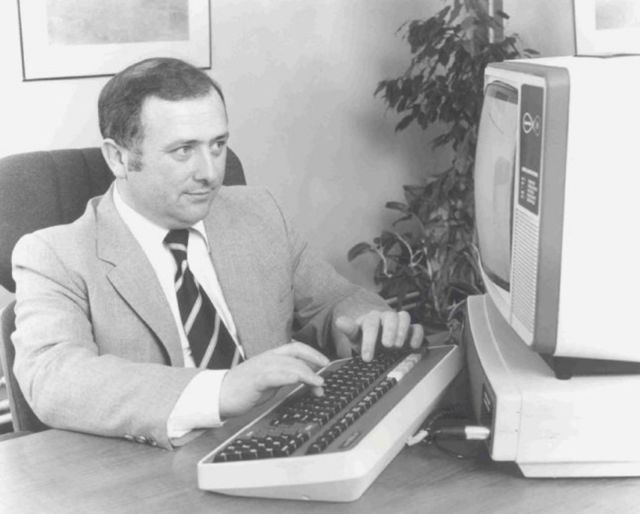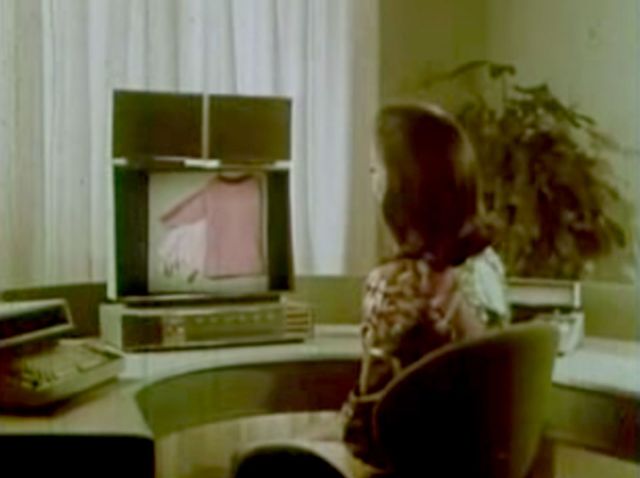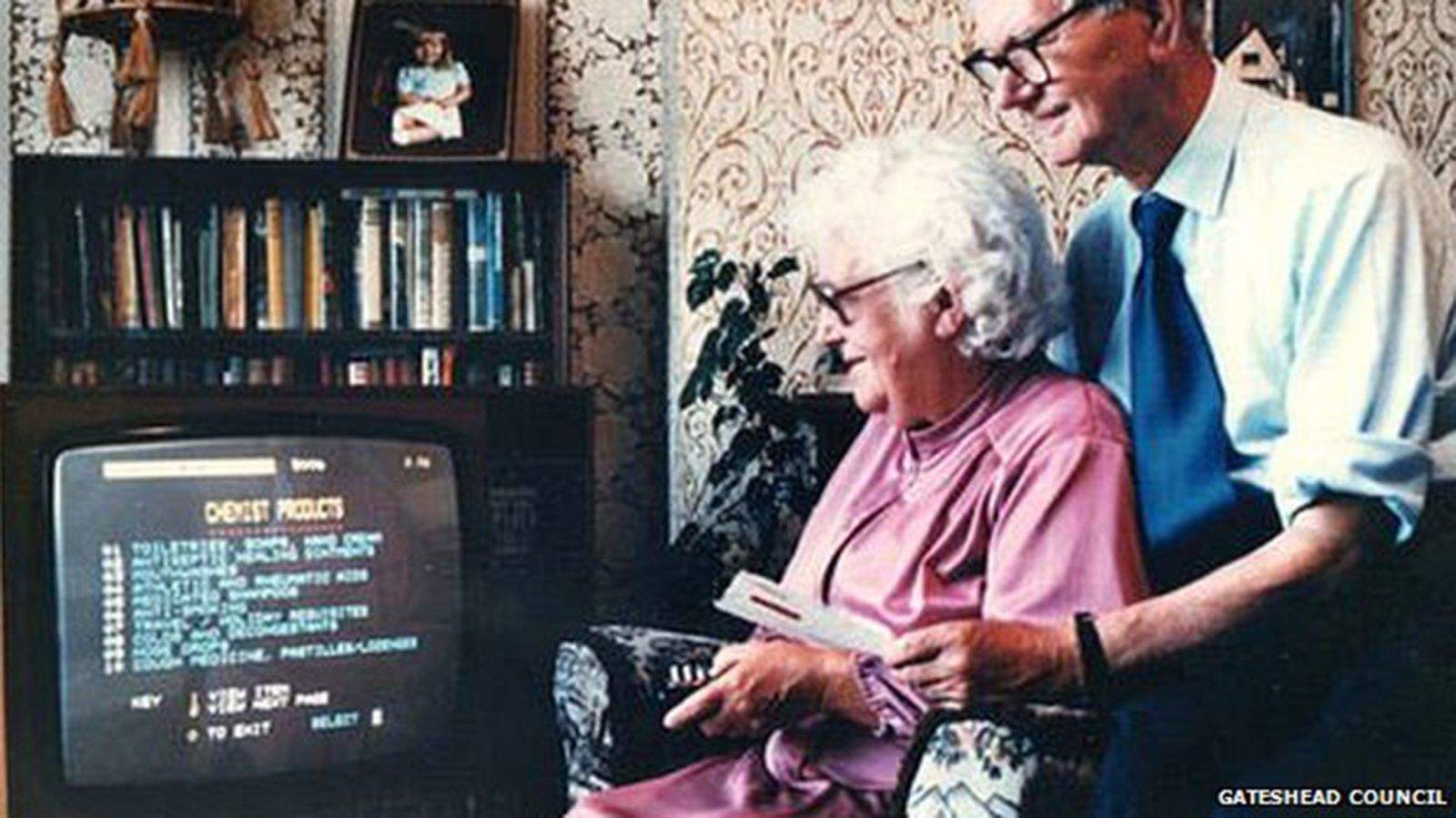A 72-year-old grandmother with a broken hip started the revolution with a television remote in her hand. She pointed it at the screen in her living room in 1984 and bought eggs, cornflakes and margarine.
 Jane Snowball of Gateshead, England, spent a few pounds and became the first online shopper. In 2013, online shopping generated more than $1.2 trillion worldwide (with the promise of higher figures when 2014 numbers are reported).
Jane Snowball of Gateshead, England, spent a few pounds and became the first online shopper. In 2013, online shopping generated more than $1.2 trillion worldwide (with the promise of higher figures when 2014 numbers are reported).
Snowball did not use the computer as we know it. She used a device called Videotex, which merged media and business information systems and made them available to “outside correspondents.” She pressed a button on the remote with a phone icon and was able to connect to her local Tesco supermarket with a telephone number. The store received her list and delivered the items to her door.
“My original idea — and what has become the practice for millions — was that remote shopping become a form of normal shopping,” Videotex and e-commerce inventor Michael Aldrich recalled in a history published on a website for his archives (.pdf). In a BBC interview years later he said, “It took her 15 minutes to learn how to do it.”
Aldrich invented e-commerce in England in 1979 when he modified the common television with a telephone-line, transaction-processing computer. During the 1980s Alrdrich designed, built and installed computing systems using Videotex. One of his most common devices for computing was the Teleputer, which allowed people to send and retrieve information. The Teleputer was designed for home use, but it found a home on desks in the business world.

The first e-commerce was business-to-business in the early ’80s before a pilot program aimed at helping homebound seniors get their groceries and medicines put the Videotex remote in the hands of Mrs. Snowball.
Before Aldrich, dreamers in the 1960s imagined a world with easy home computing with shopping. Two short films from the 1960s, which can be seen below, show that creators got the future of shopping (and a vision of today’s Skype) mostly right.

Family members are seen accessing pictures of items for purchase on their computer screen and buying them electronically with a credit card. There was no PayPal and the computers used in the home of tomorrow still took up large chunks of real estate. And as forward-thinking as the content was, the videos show men and women in traditional roles: A woman doing the shopping and, in one, the husband fretting over how his wife spent his hard-earned income.
Aldrich died last year on the eve of the 20th anniversary of the first modern online purchase. While Pizza Hut claimed in a tweet last year that it sold pies as the first online transaction, credit goes to a Philadelphia man who made history in 1994 by spending $12.48 online for a Sting album.
One wonders what Aldrich thought of online shopping’s future as he logged off from this life, just as smartwatches were becoming available and Amazon began testing drone delivery of online purchases.
https://youtu.be/Y0pPfyYtiBc


